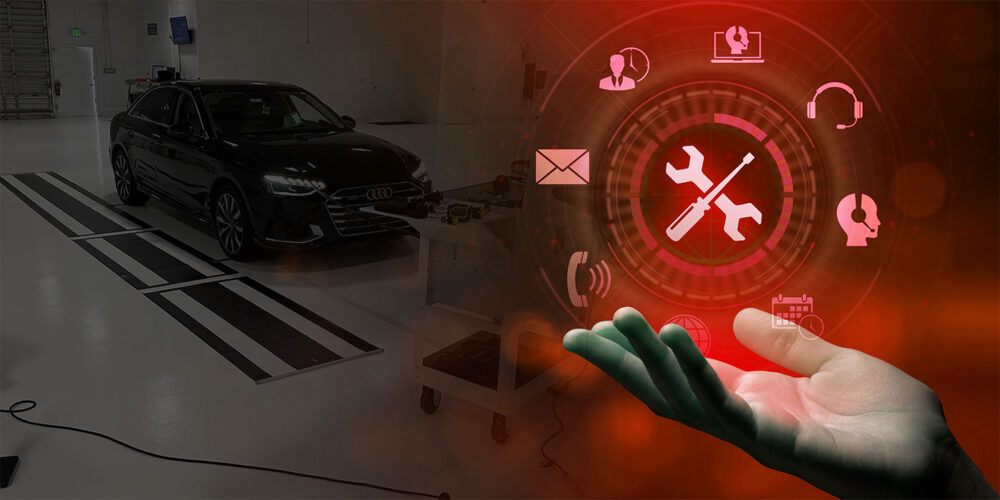I just got back from the I-CAR Conference in Boston. Were you there? It’s a shame if you weren’t. Truth be told, I wish the entire industry could have been there to hear about the “technical tsunami” coming our way. That is, collision avoidance systems, advanced materials, vehicle-to-vehicle communication and driverless cars.
And it truly was like a tsunami – a tsunami of information. Representatives of the National Highway Traffic Safety Administration (NHTSA), the Insurance Institute for Highway Safety (IIHS) and The Center for Automotive Research (CAR) teamed up to tell the audience everything and anything they ever wanted to know about the vehicle technology coming down the pike.
One of the interesting things David Zuby of IIHS said is that it won’t be until 2050 that 100 percent of the cars on the road will have collision avoidance technology. You could almost hear the collective sigh of relief from the repairers in the room.
If there are no collisions, we have no jobs, right? Well, no one is predicting that auto accidents will go away any time soon. But collision avoidance technology could reduce their number in the future.
After hearing Zuby’s declaration, repairers might have thought they were off the hook as far as training goes. Not so. There are cars on the road today with collision avoidance systems, and not just high-end cars anymore. Plus, 80 percent or more of vehicles coming off assembly lines today contain advanced materials: aluminum, high-strength steel, ultra high-strength steel, carbon fiber, etc. Do you know what you’re working on? Do you know what the automakers’ repair recommendations are? In some cases, it might be to not repair at all but replace.
It was said at the conference that only 10 percent of body shops have the equipment necessary to fix today’s cars. A shameful number!
While 2050 may seem far away, it’s time to tool up and train now. Those who don’t will be left behind or litigated out of business.













